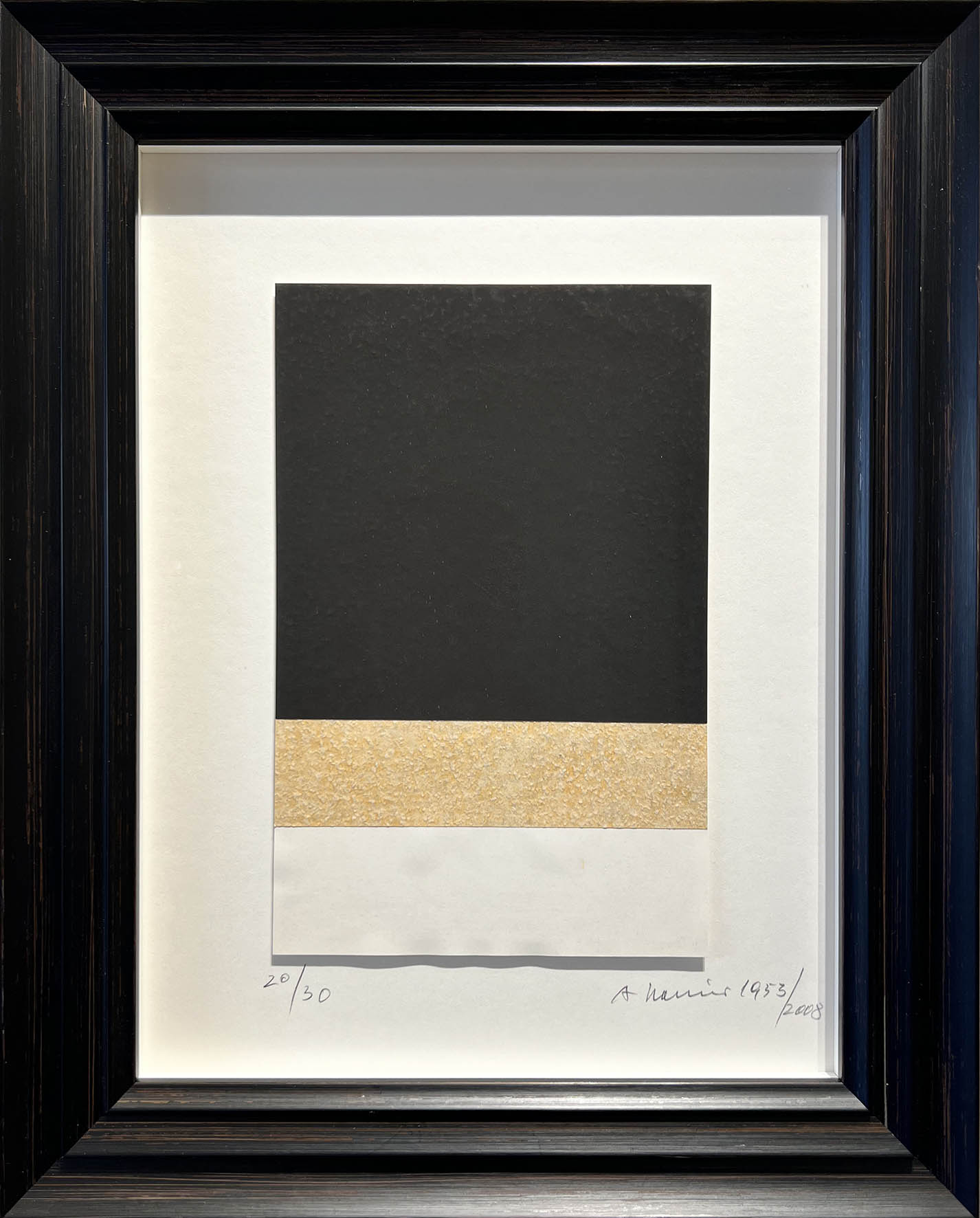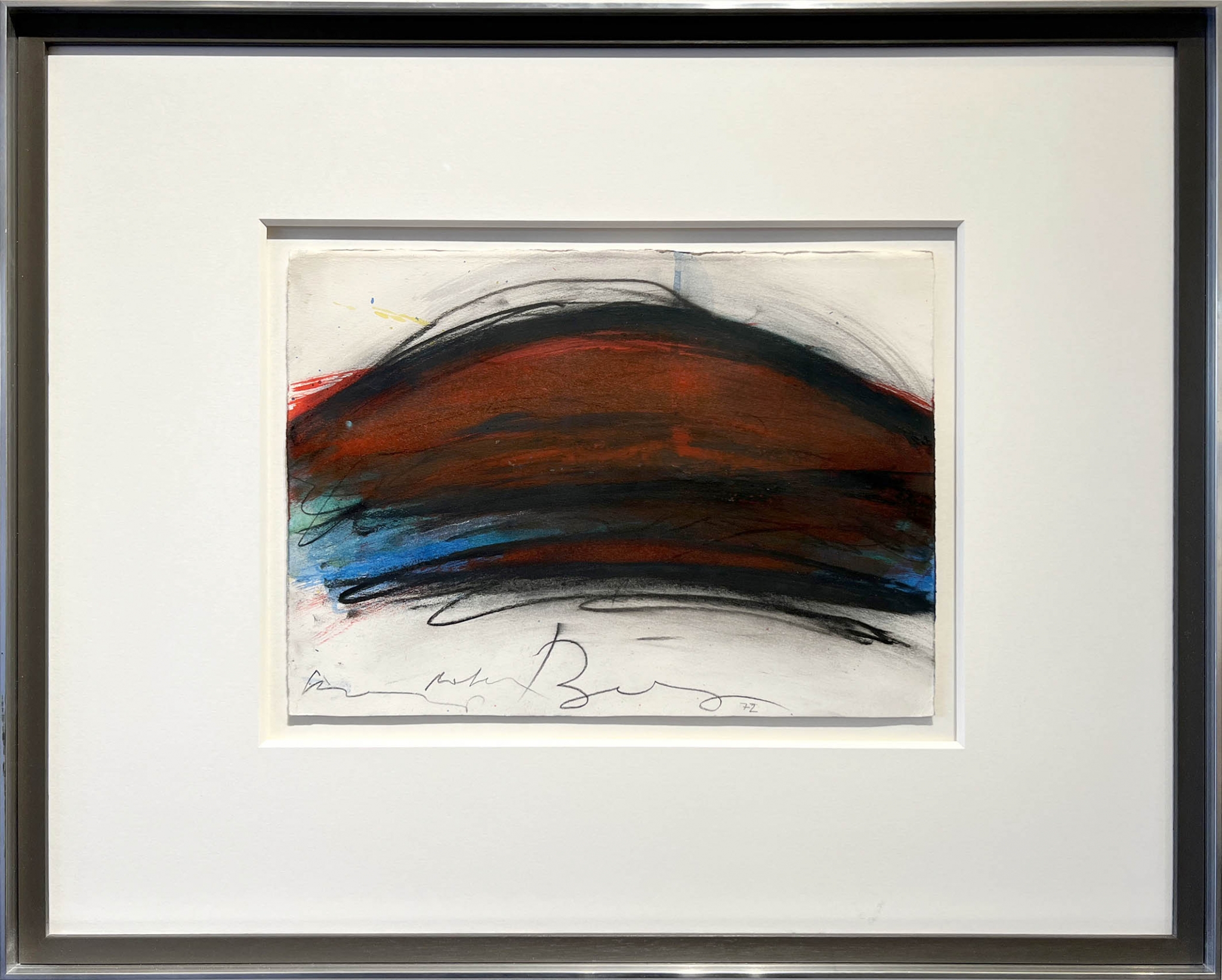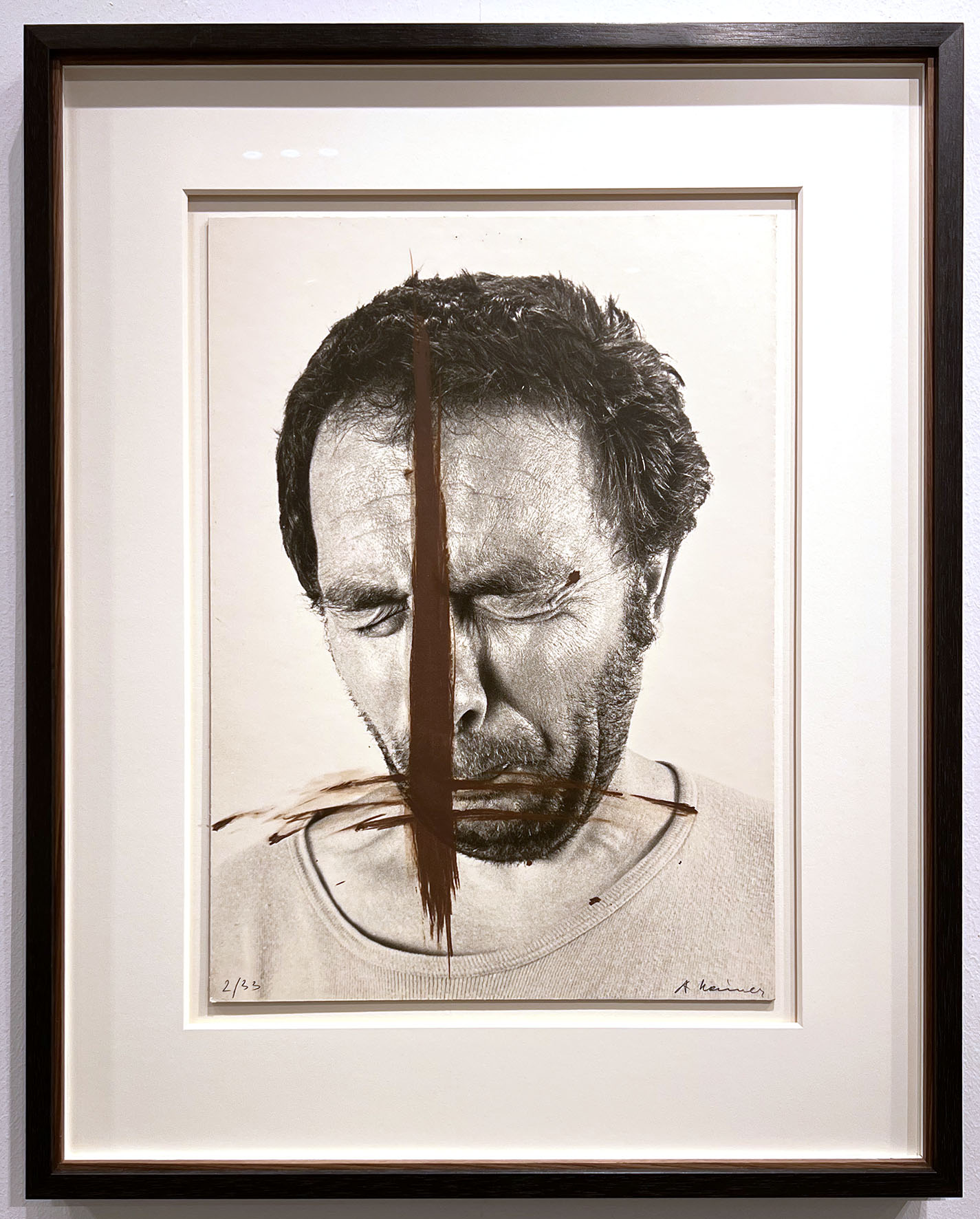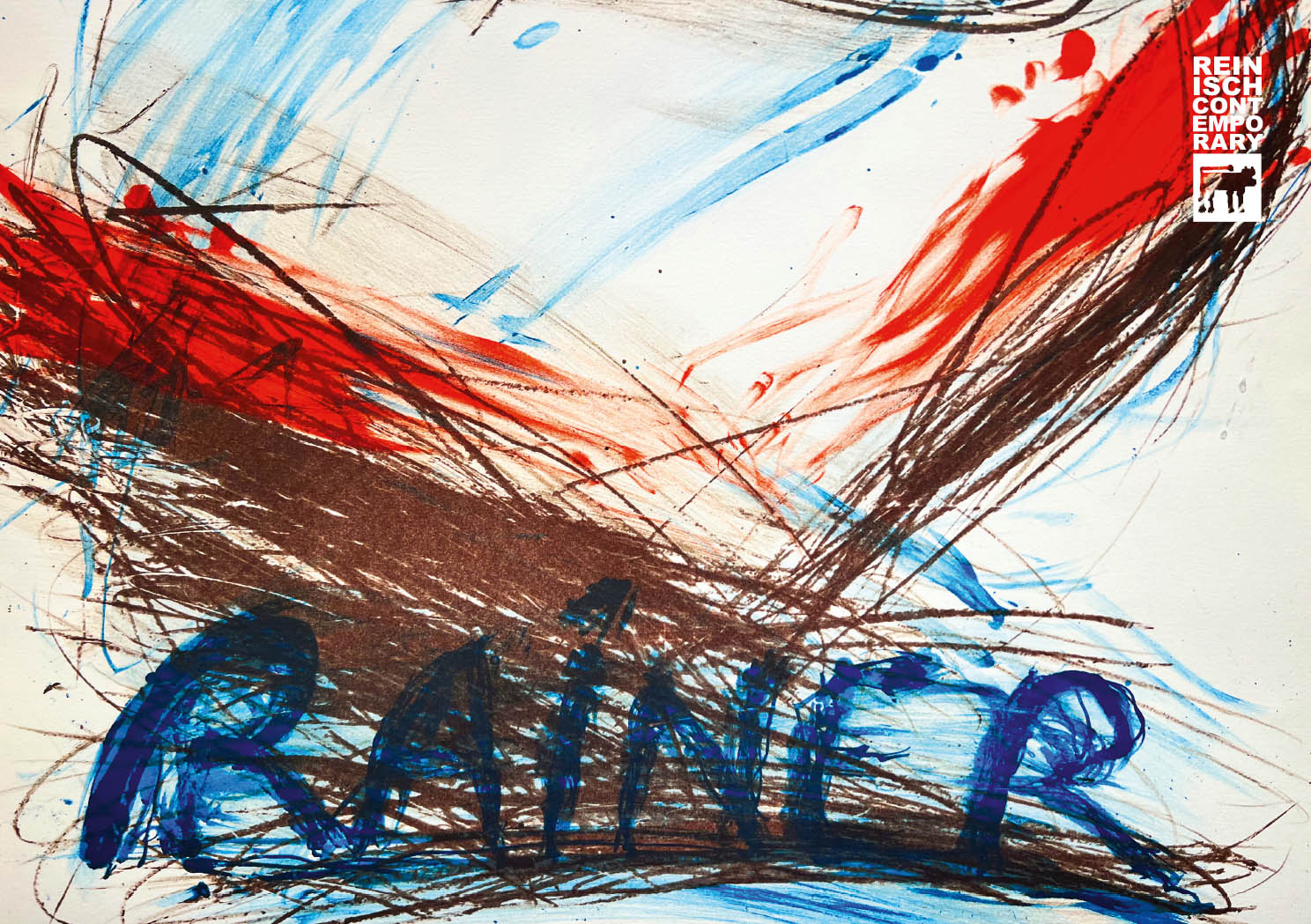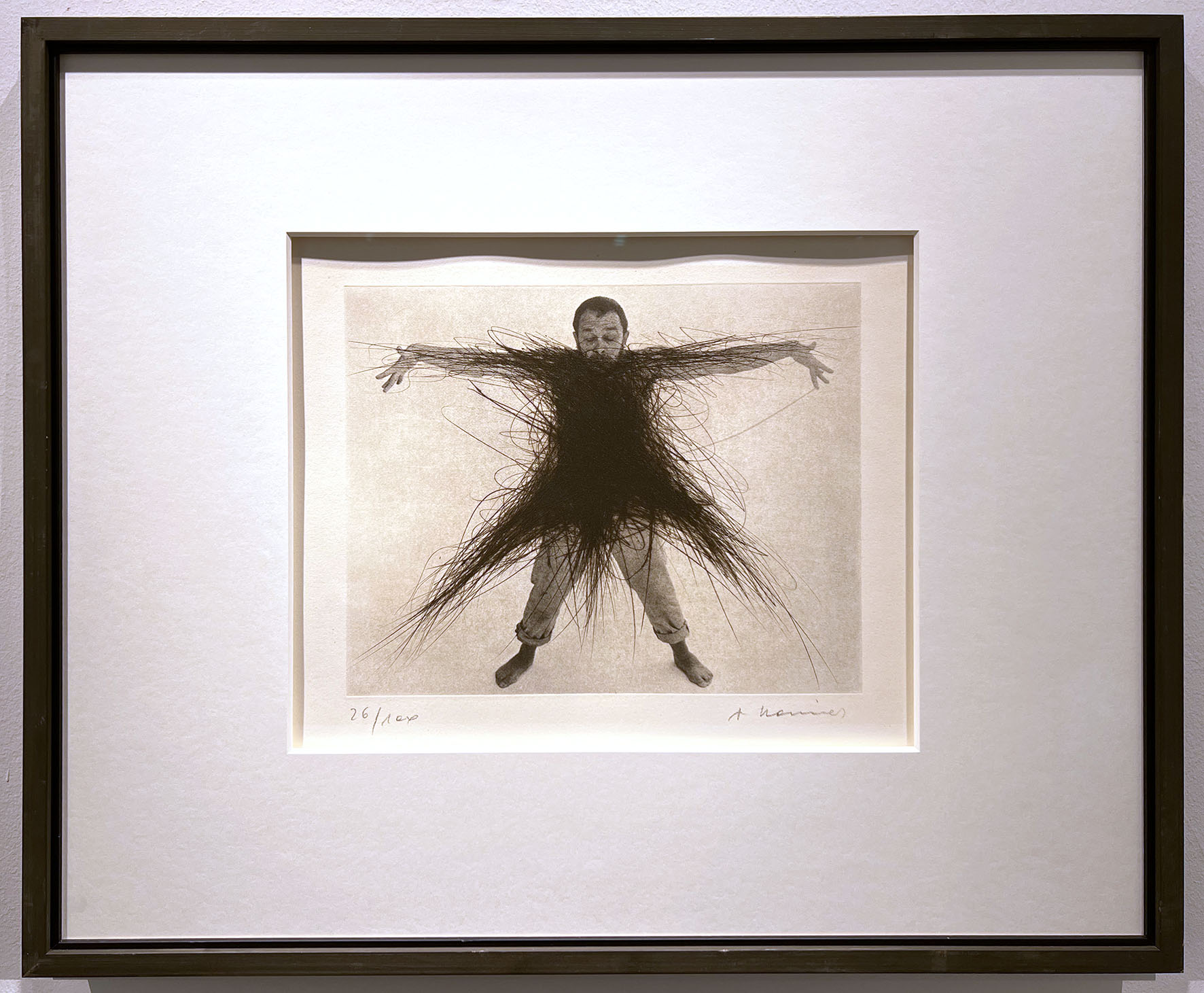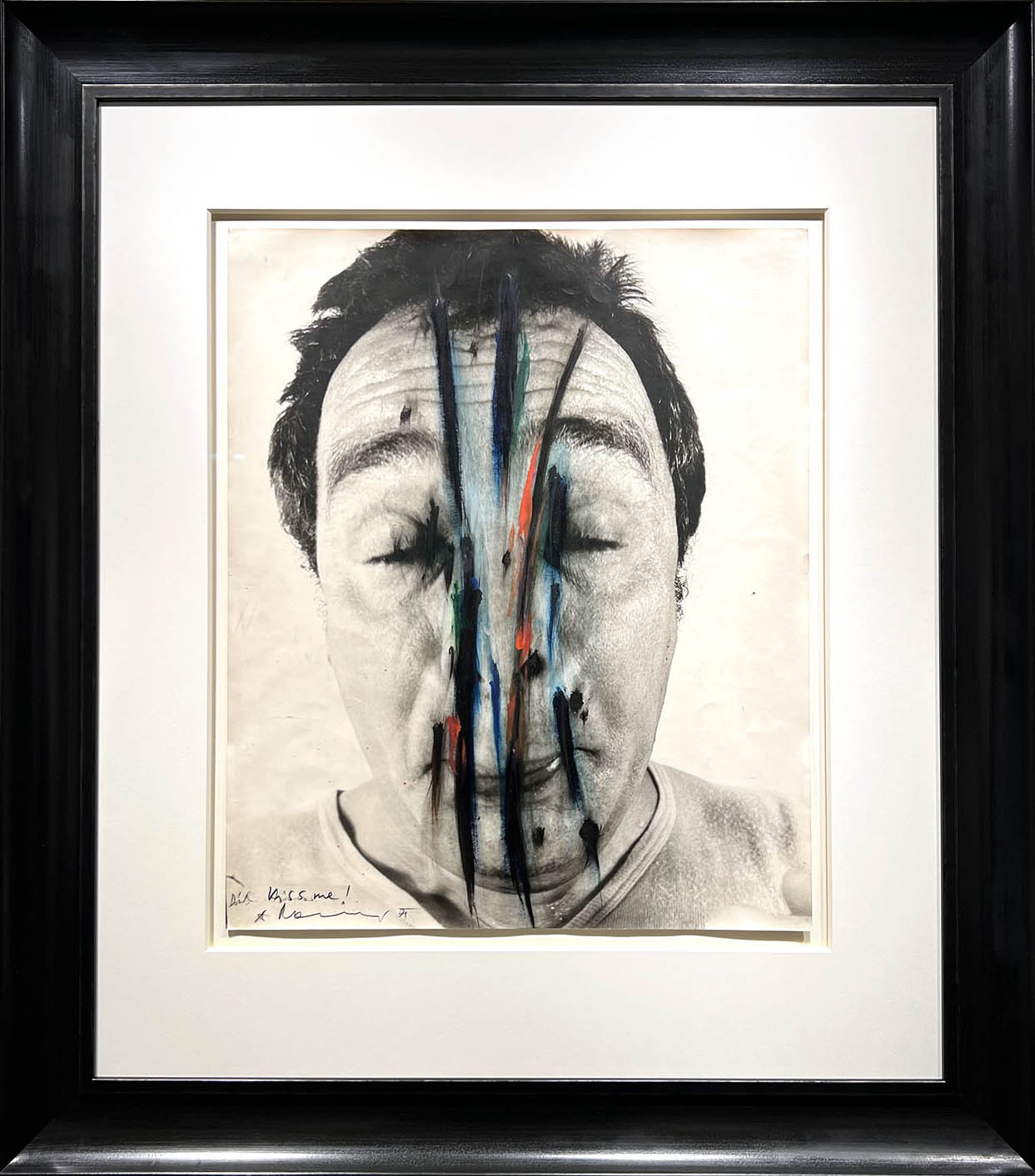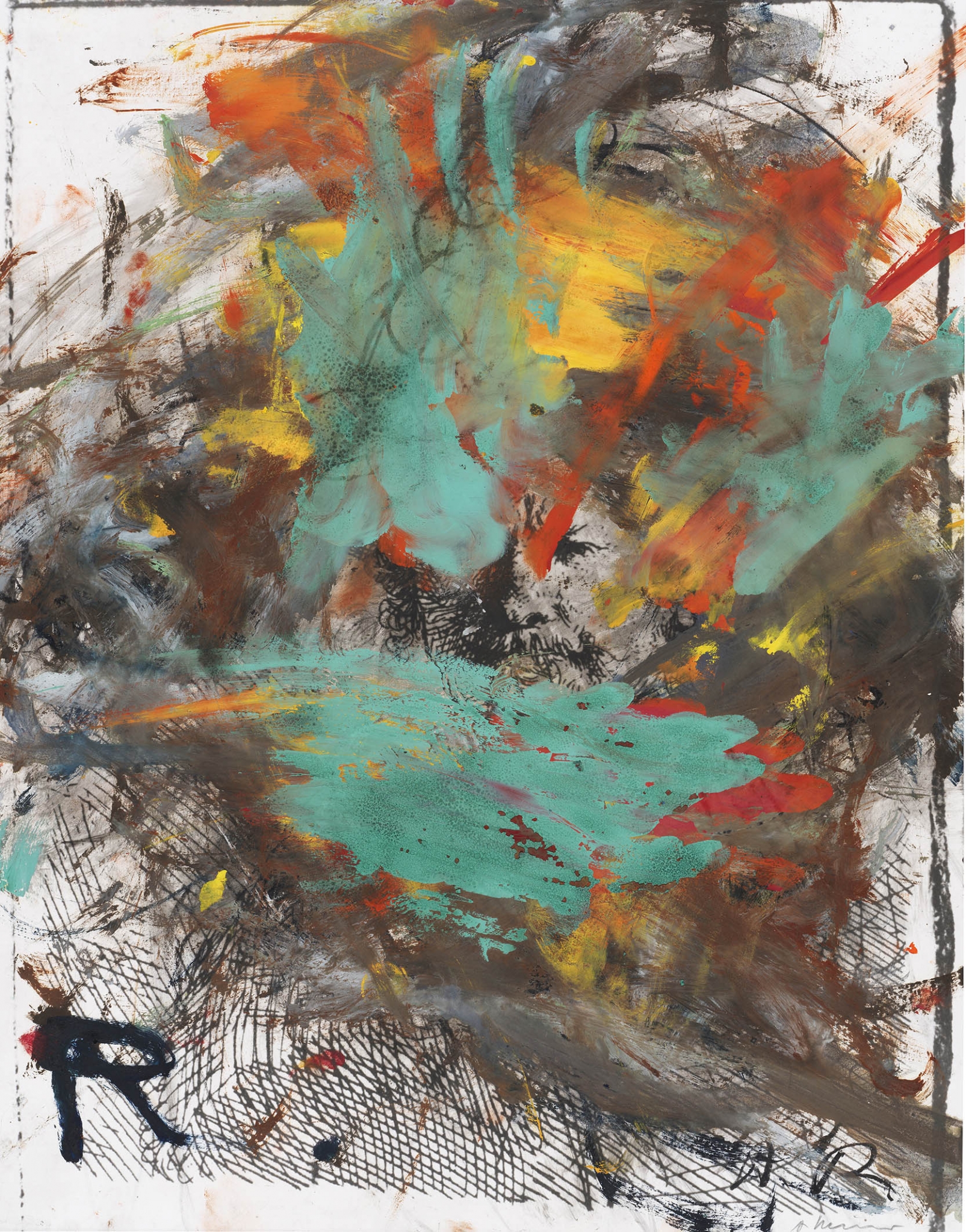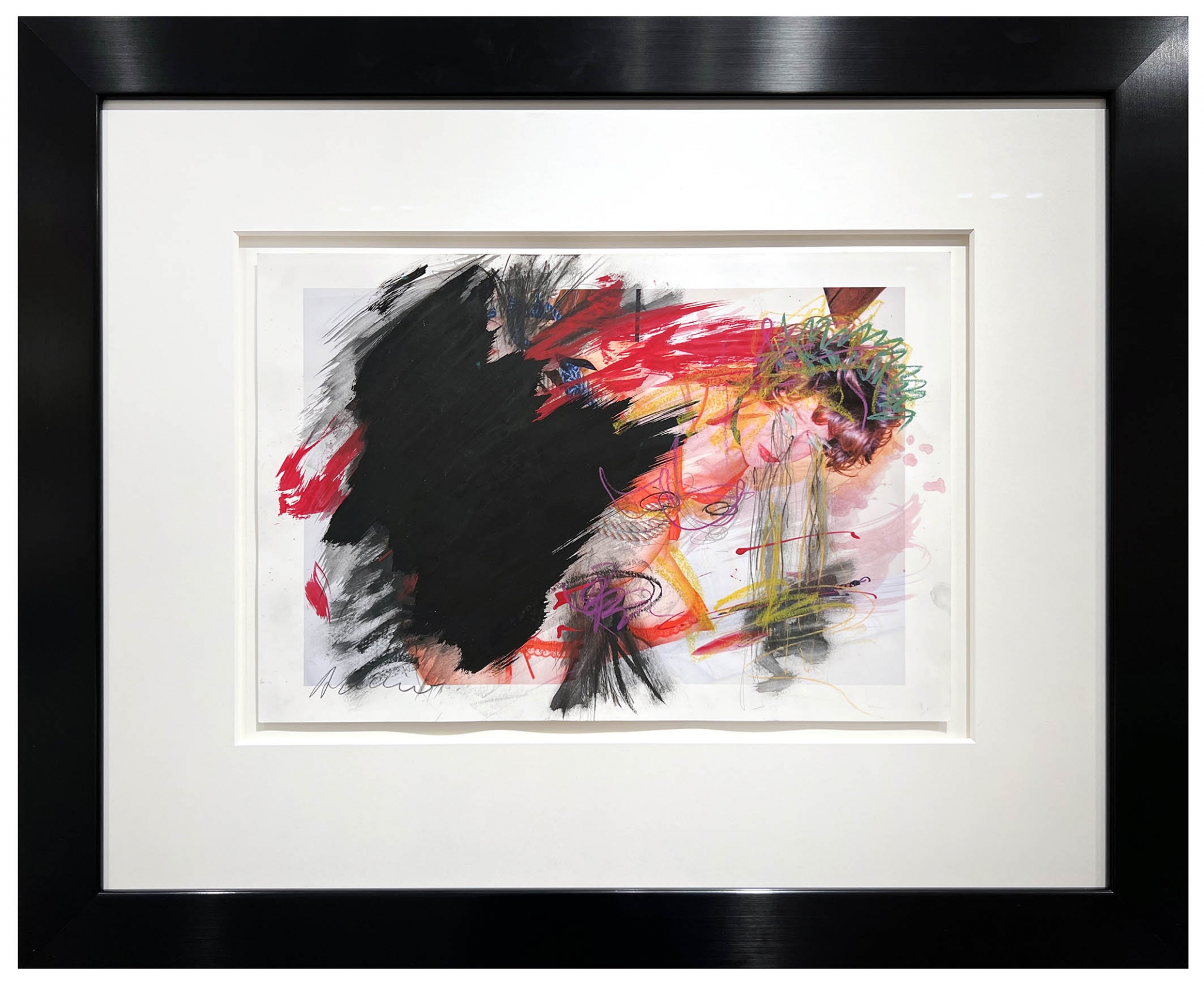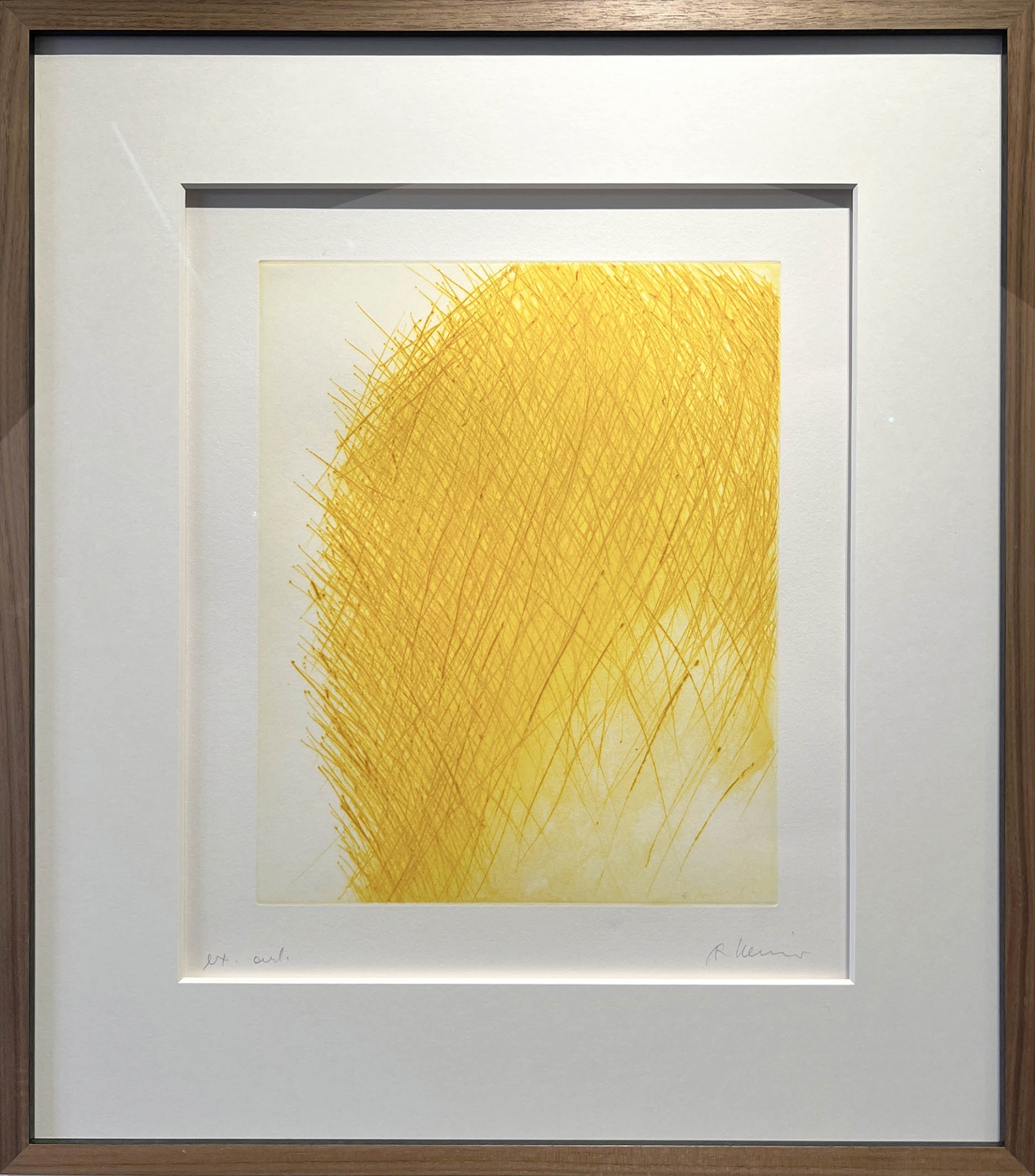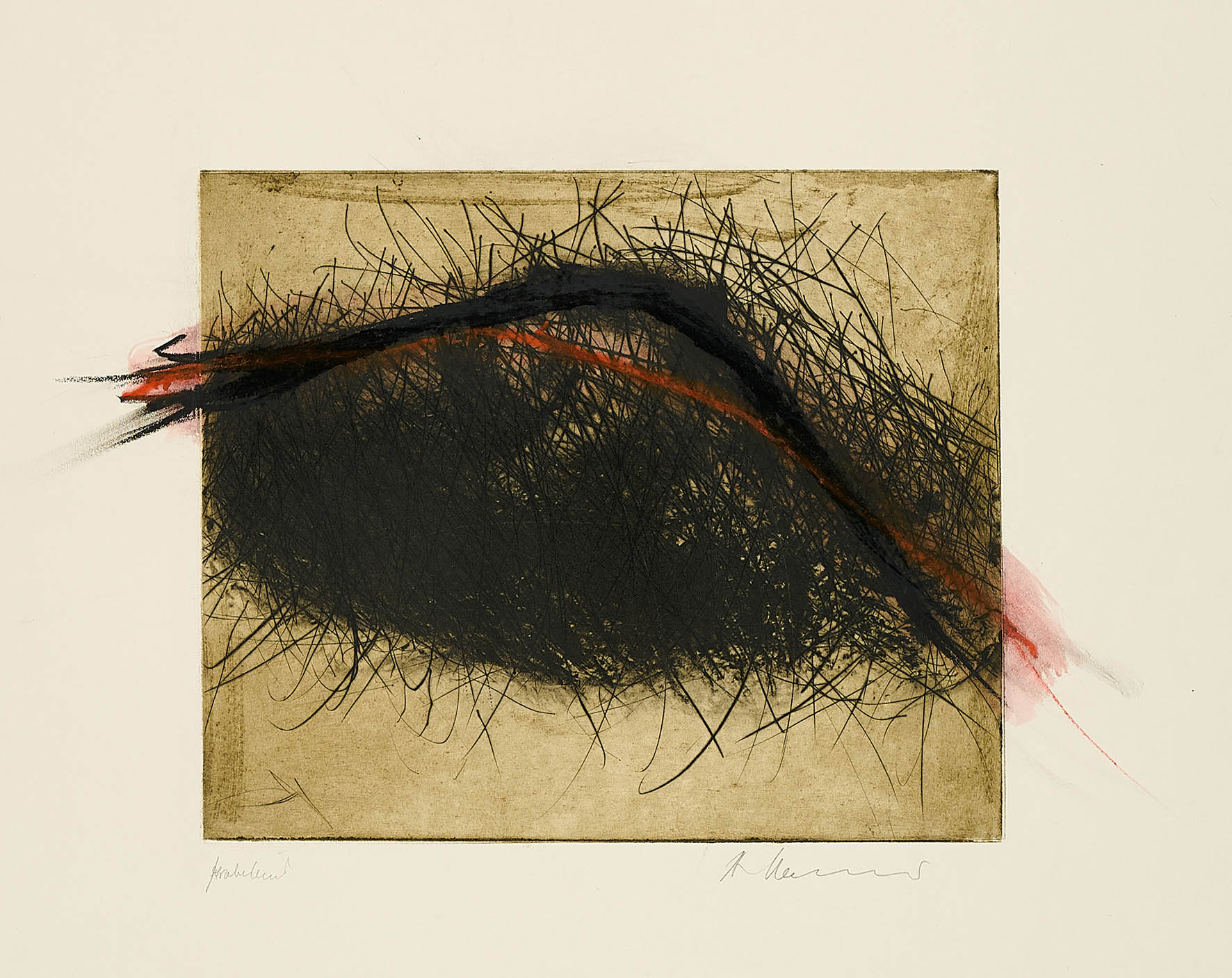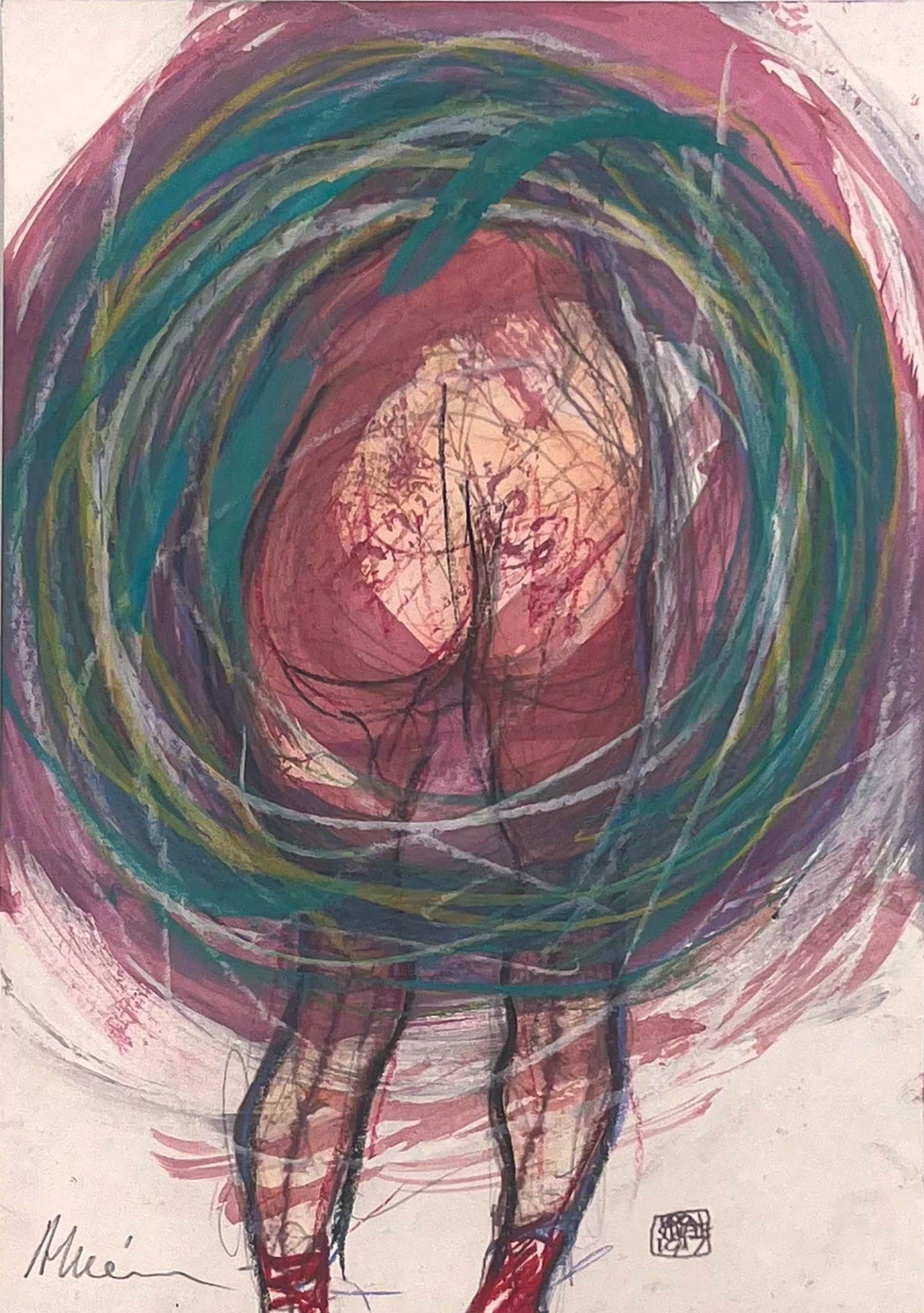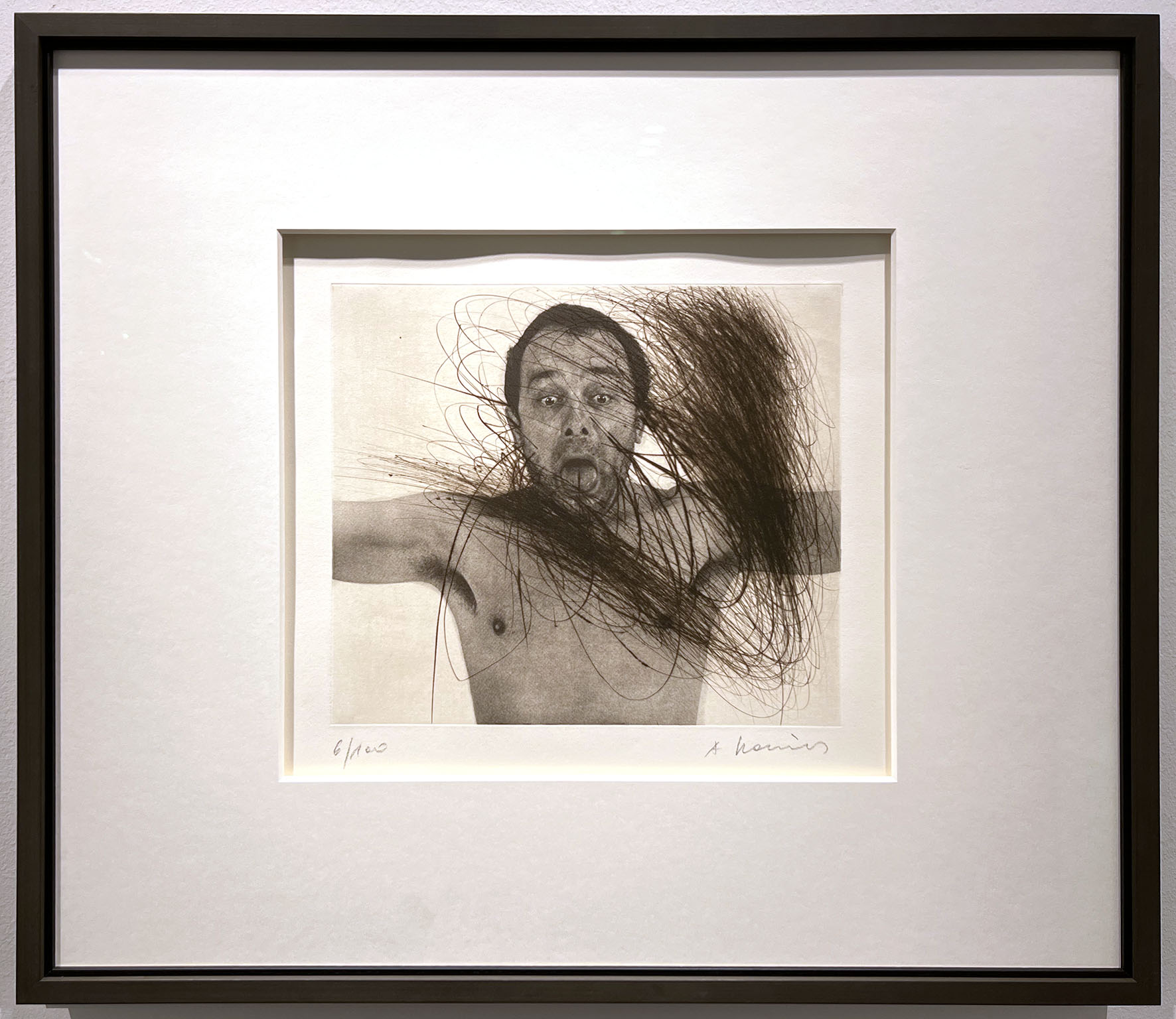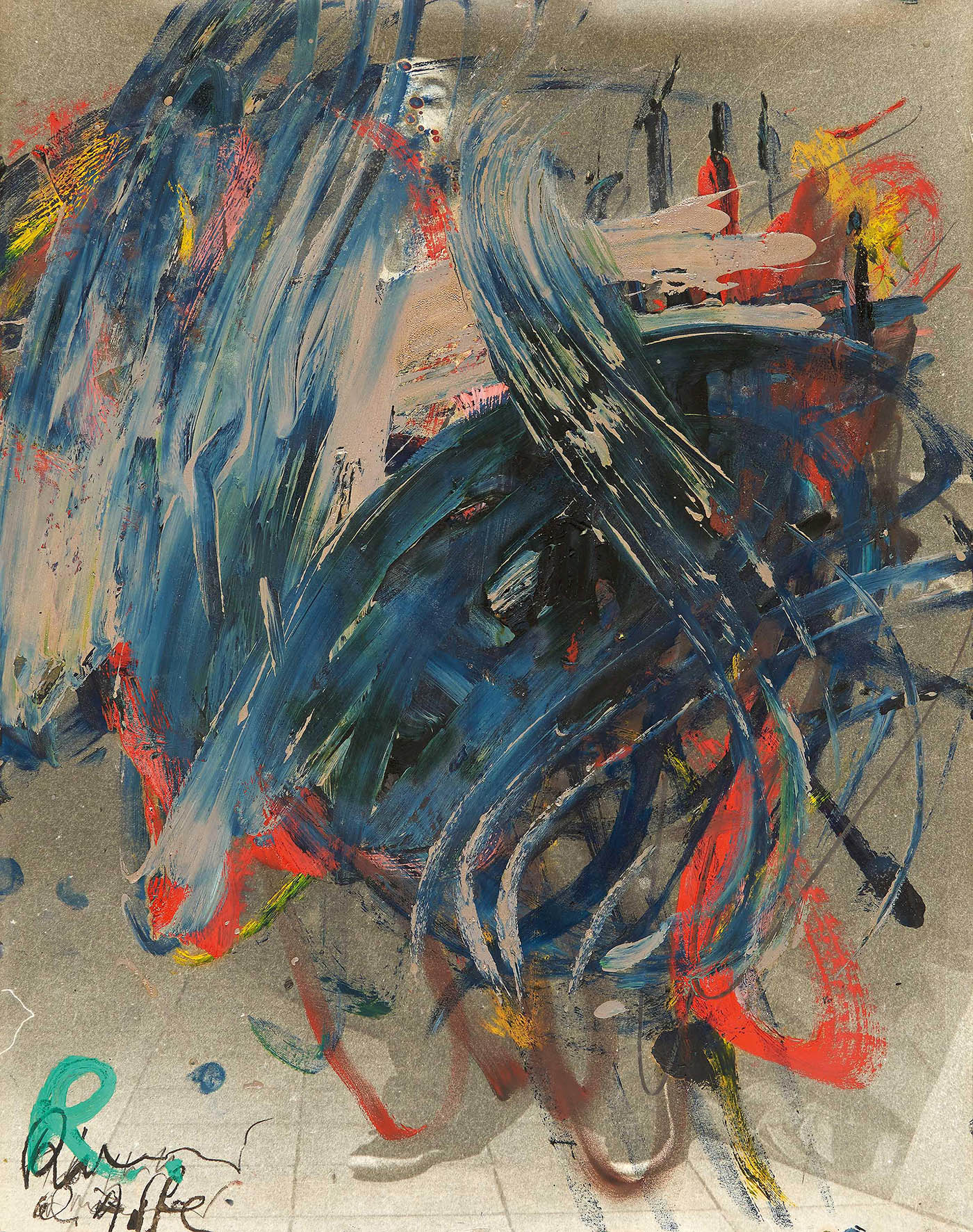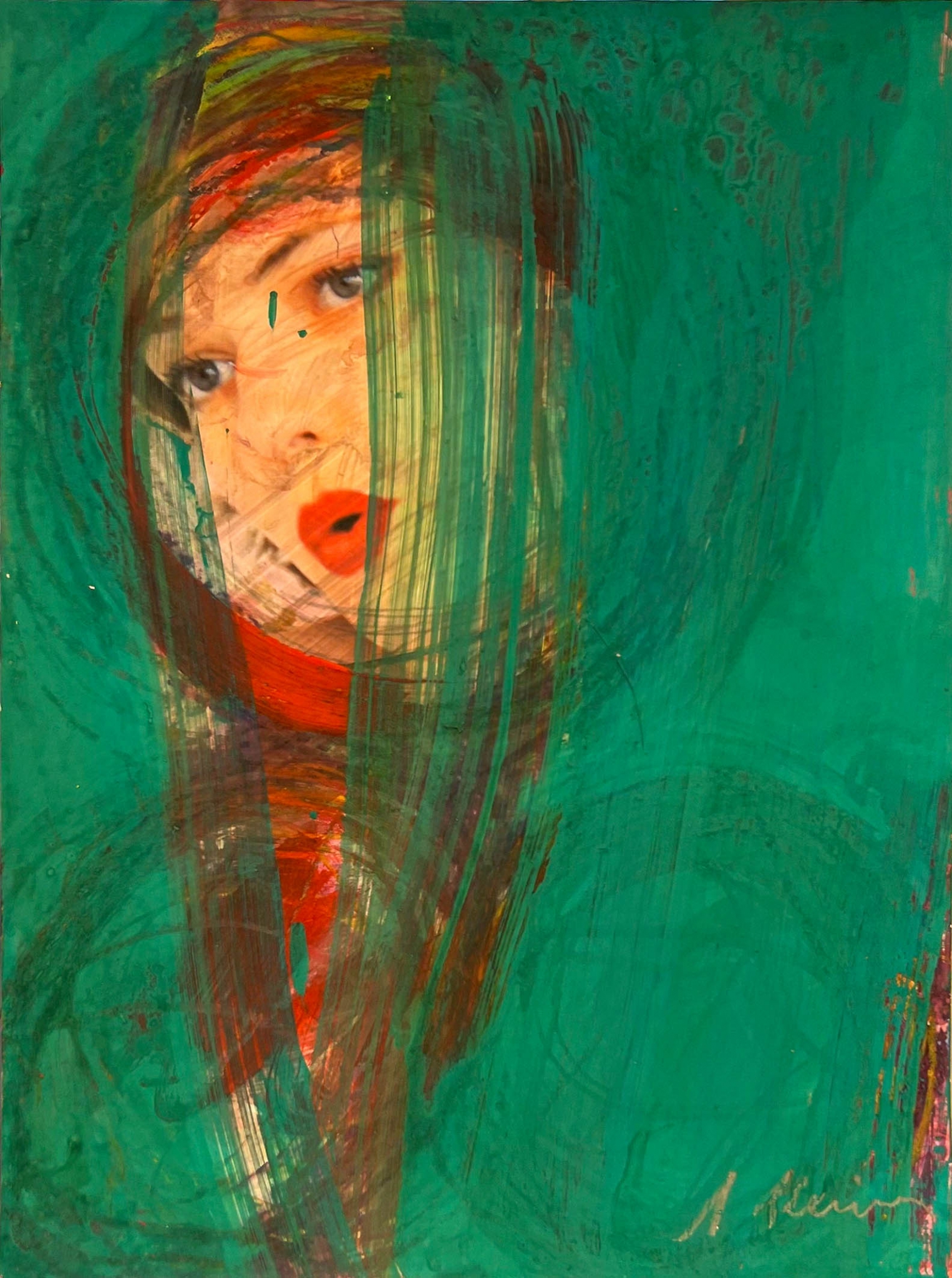ARNULF RAINER
Opening on Friday, 14th of March 2025, 7 pm
Galerie Reinisch, Mainsquare Graz
Introduction: Manuela Schlossinger
Exhibition until 3rd of May 2025
(closed from 9/4-12/4 2025)
Arnulf Rainer is one of the outstanding protagonists of Austrian post-war art and, with an oeuvre spanning over six decades, occupies a central position in European art history. His work stands in the field of tension between gestural painting, performative body art and conceptual appropriation. As a leading representative of Austrian Art Informel, he developed a radical pictorial language characterized by the principle of overpainting – an artistic process that is to be understood not only as an act of destruction, but also as a strategy of new creation. Rainer’s overpaintings gained him international recognition as early as the 1950s. In particular, the reworking of photographs of his own body testifies to an intensive examination of forms of expression of the unconscious and the expansion of the mimetic potential of human gesture. These works, including the Face Farces and Body Poses, can be placed in an art-historical context influenced by surrealism, automatism and performative action art. With the later series of death masks and finger paintings, Rainer further radicalized his artistic methodology and, by the end of the 1980s, had created an uncompromisingly consistent oeuvre that oscillated between expressive gesture and conceptual reflection.
From the 1990s onwards, Rainer’s artistic interest increasingly shifted to art historical references, in particular to early Italian Renaissance painting and the works of the Dutch masters. By working on facsimile reproductions, he established a dialogical strategy that raised questions about originality, authorship and artistic appropriation. This debate culminated in the 2010s in the series of works Klimt & Schiele, Old Masters and Bondage, which are considered his late works. In these works, Rainer’s specific form of reworking images enters into a direct connection with art history, whereby his work can be read as a multi-layered reflection on the materiality and semantics of the image.
In addition to his unique works, printmaking has played a central role in his oeuvre since the late 1950s. The technique of etching in particular corresponded to his artistic concept, as it enabled him to create an expressive, destructive and at the same time structuring visual language through the excessive use of drypoint on copper plates. The gestural line dominant in graphic art – an essential characteristic of Art Informel – became the central means of expression in Rainer’s work: the successive condensation of strokes and overlays created complex textures that evoked associative formations such as landscapes, body fragments or archetypal signs. He often used existing images as a starting point, which he transferred into new contexts of meaning by accentuating, correcting and reworking them.
Rainer’s work occupies a unique position within the development of Austrian art. His artistic practice stands at the interface between painting, performance and conceptual art and combines the essential currents of the post-war avant-garde – from the gestural automatism of Art Informel to the radical body stagings of the Viennese Actionists and the reflexive appropriation of art-historical traditions. In this field of tension, Rainer’s work moves between the deconstruction of the concept of the image and the expansion of the expressive space of artistic gesture.
In this exhibition, Galerie Reinisch presents unique works and prints by Arnulf Rainer from over five decades, which impressively illustrate the central role of this artist within European art history.
Manuela Schlossinger
